In a speech yesterday, Fed Governor Lisa Cook discussed her considerations for the future path of monetary policy, weighing the implications of stronger economic momentum against potential headwinds from recent banking developments.
Cook explained, “On the one hand, if tighter financing conditions restrain the economy, the appropriate path of the federal funds rate may be lower than it would be in their absence. On the other hand, if data show continued strength in the economy and slower disinflation, we may have more work to do.”
Regarding Fed’s strategy on rate hikes, Cook mentioned that FOMC has been raising rates in smaller increments, aiming for a sufficiently restrictive monetary policy to return inflation to 2% over time. She emphasized the benefit of taking smaller steps, as it allows Fed to observe economic and financial conditions and evaluate the cumulative effects of their policy actions.
Cook also touched on FOMC’s recent adjustments to its forward guidance on the path of the policy rate in its March statement. The committee shifted from anticipating “ongoing increases” to stating that “some additional policy firming may be appropriate.” Cook believes this communication is suitable as Fed seeks to calibrate monetary policy amid uncertainty about the economic outlook.




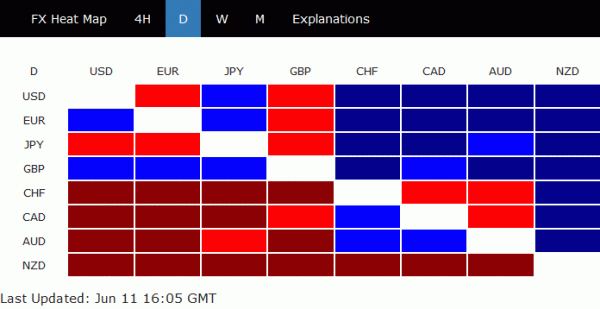
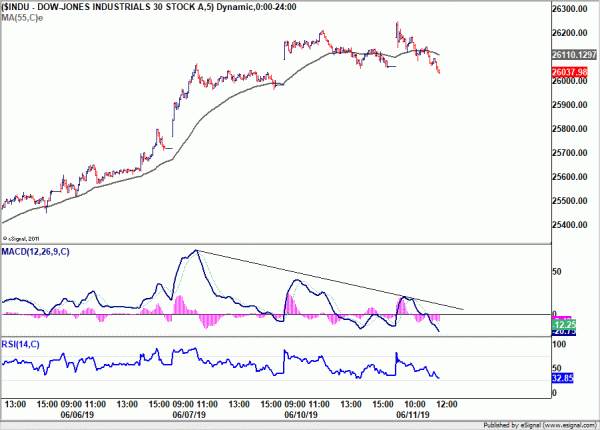
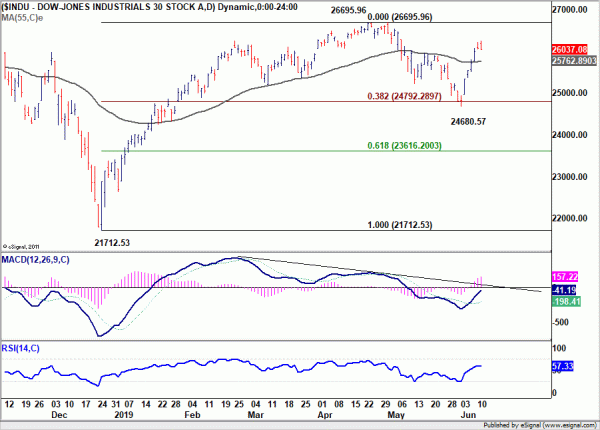
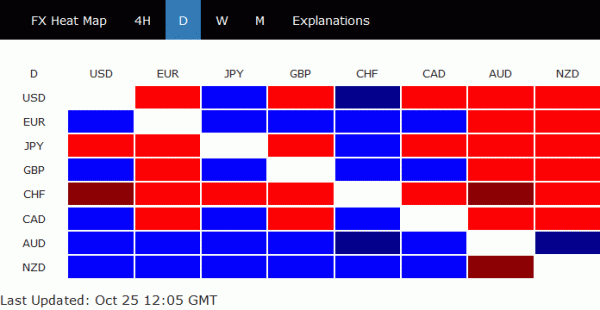
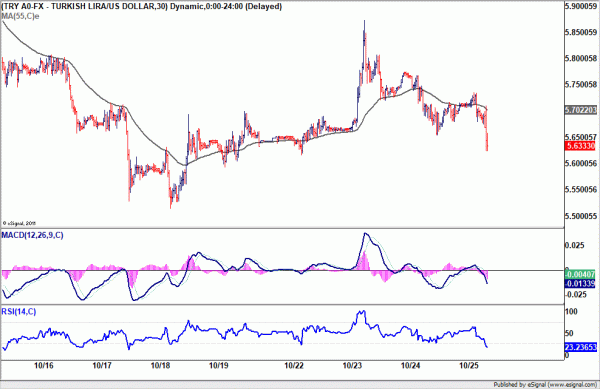
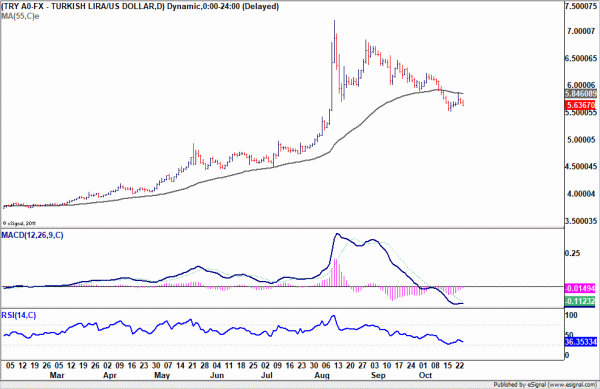
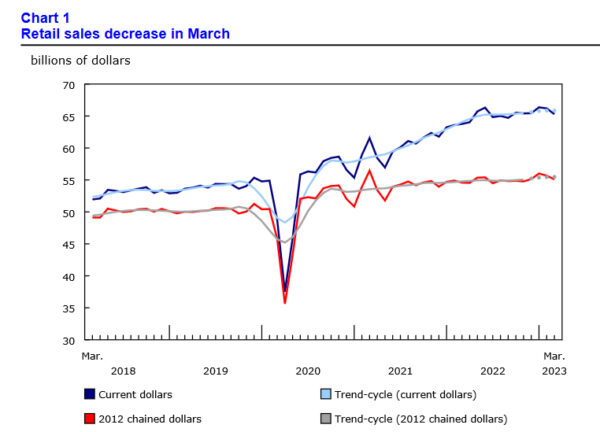
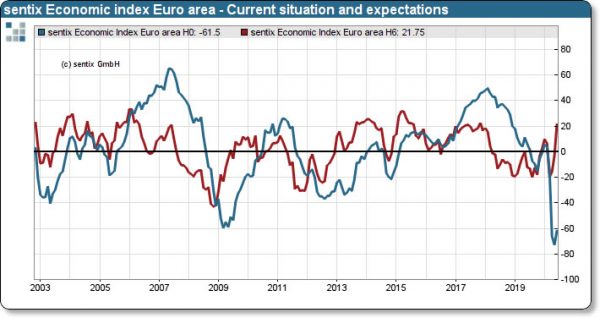
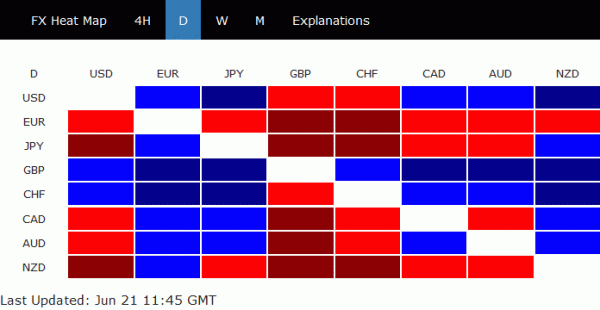
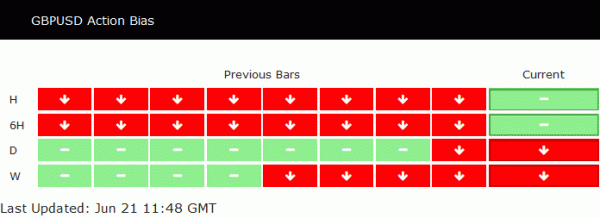
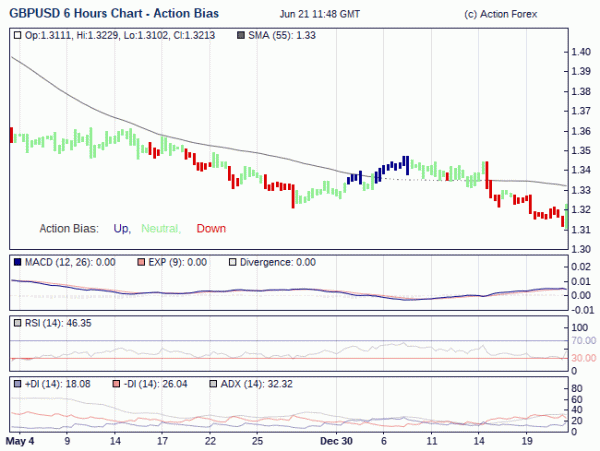
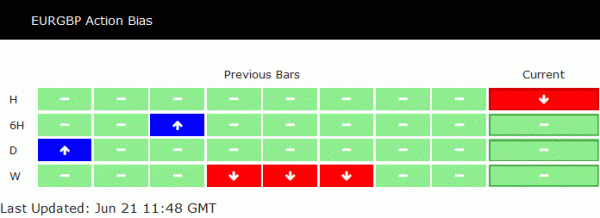
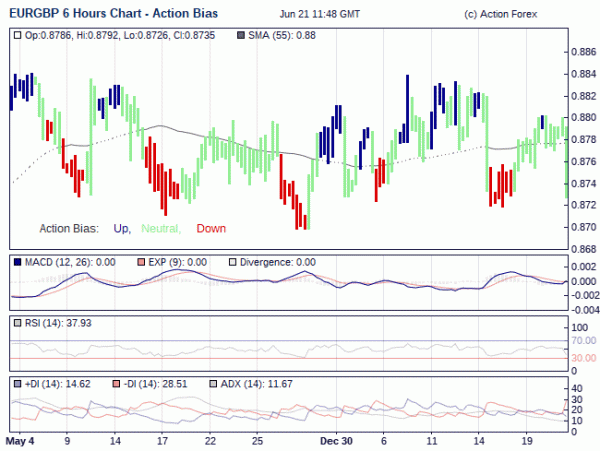
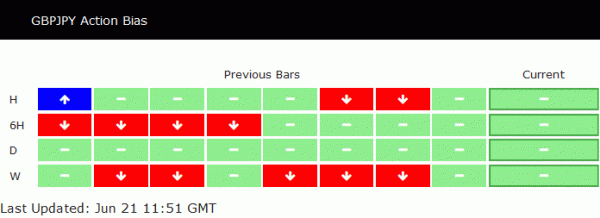
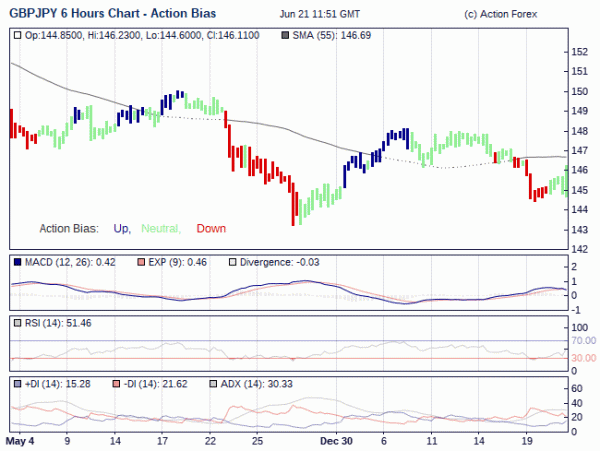
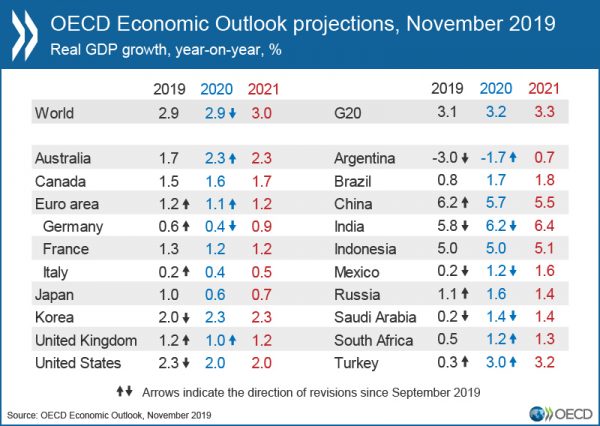
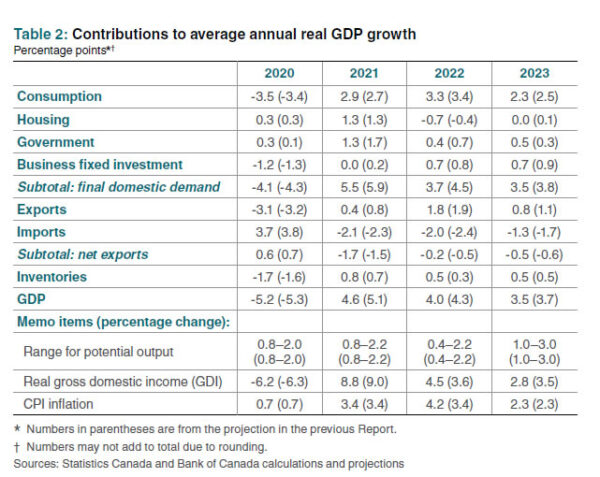
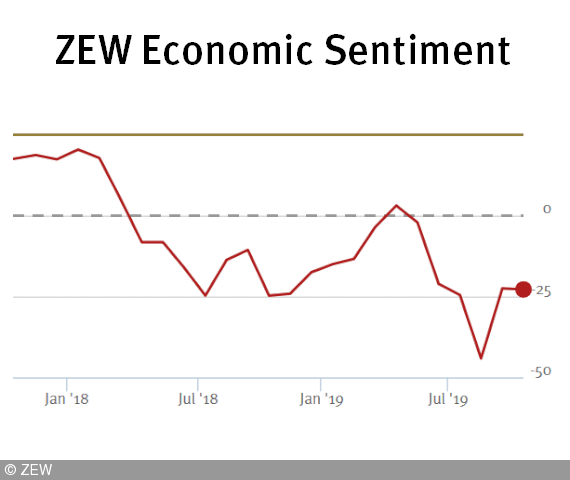
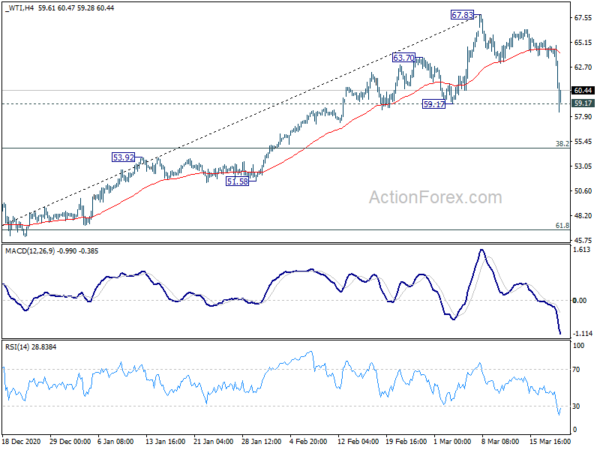
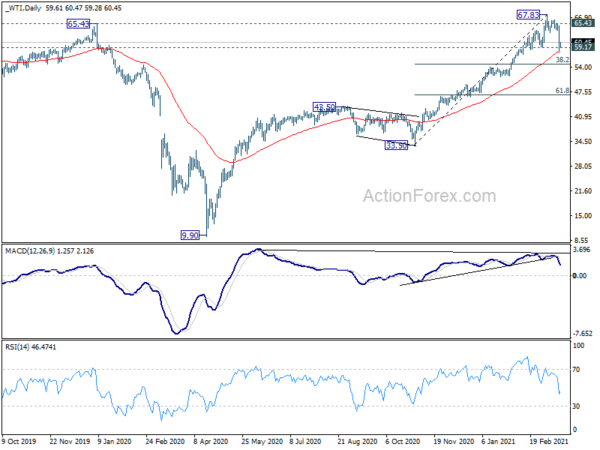
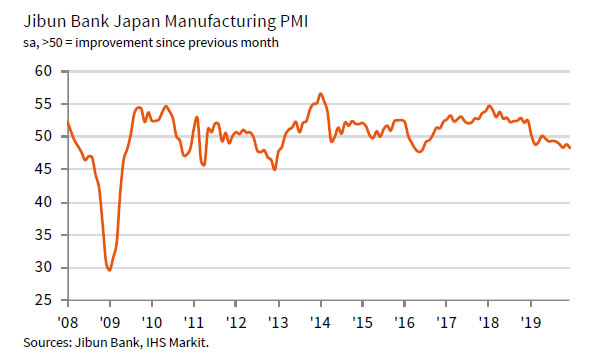

PBoC to continue with targeted easing as domestic economy improves
PBoC Governor Yi Gang said the Chinese central back will continue with the current targeted easing, even though domestic economy is improving. The targeted measures will ensure sufficient liquidity, lower borrowing costs and provided cheap credits. The measures have been working well and PBoC is planning to make the policy more precise.
Yi added that PBoC will deepen reform of the loan prime rate, and the benchmark lending rate, to help lower real lending rates. Also, it will steadily unify benchmark deposit, lending rates and market interest rates.
Nevertheless, he still warned that the global economy is facing severe challenge. The current downturn “will very likely be worse than the global financial crisis in 2008 and even the Great Recession.”